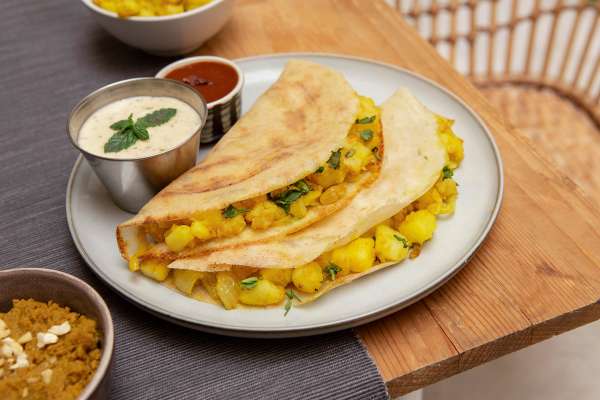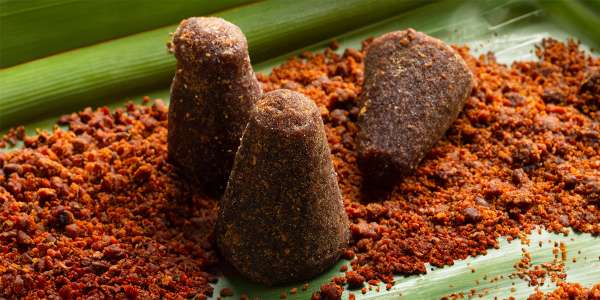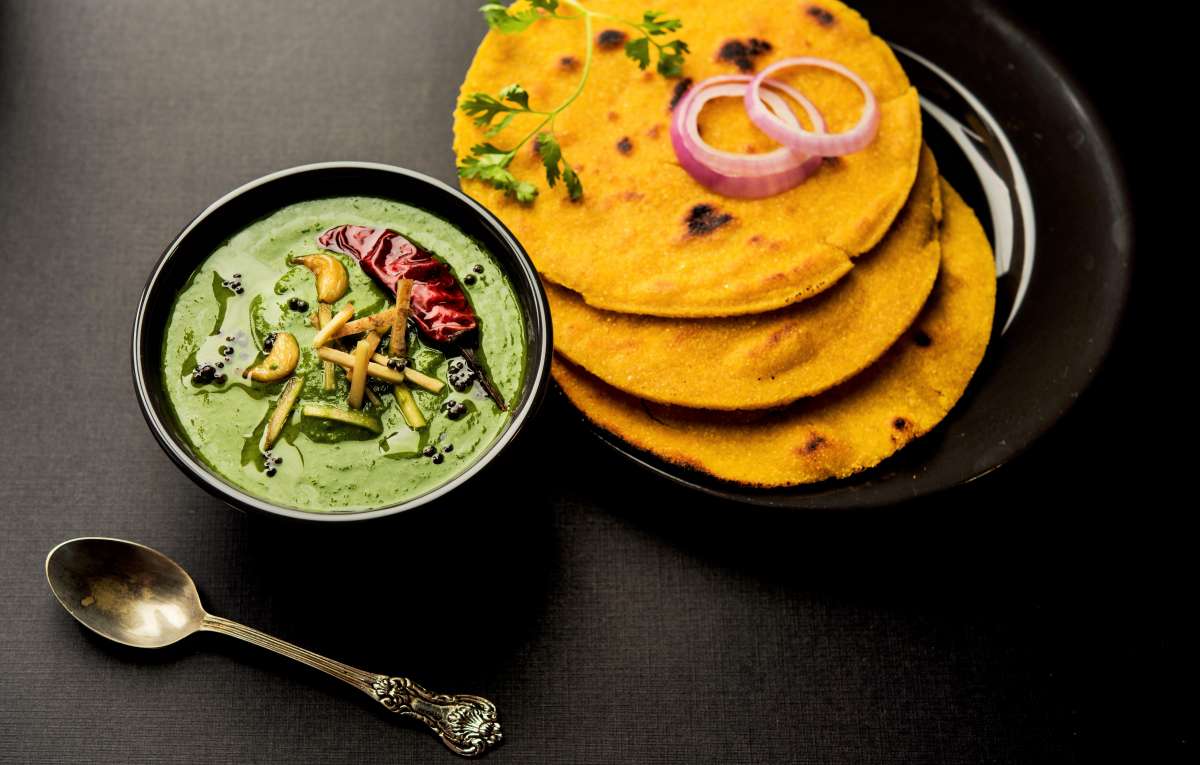
Regional Indian foods to savour while the winter is still here
Exploring some lesser-known winter foods of various regions in India

Exploration of food has been at its best during 2020 and as foodies we wouldn’t want to try anything but the seasonal delicacies. Every state has its favourites and the winter season is no different. The seasonal delights such as sarson da saag paired perfectly with the slightly sweetish makki ki roti or kali gajar ki kanji, a fermented drink in the north, nolen gurer Sandesh made with fresh date palm jaggery in Bengal or the traditional Gujarati Undhiyo are all just irresistible. But if you wish to explore something new, here are some lesser-known winter dishes that will not only keep you warm but leave you craving for more.
Bajra ki raab – Rajasthan
Warm, earthy, comforting, filling — these are just some of the ways in which fans describe this delicious traditional winter drink. The main ingredient is pearl millet flour, called bajra atta. This dish is easy to make — roast bajra flour and a few ajwain seeds in some ghee and then add jaggery, dry ginger powder (sonth) and water to it and let it boil till it reaches the desired consistency.
Bajra ki raab is traditionally served hot and the ingredients make it a good remedy for the common cold and cough that are often onset by the cold weather.
Teliya mah – Himachal Pradesh
Come winter and teliya mah becomes a staple in Himachali kitchens. This preparation is a speciality in the Kangra region of the northern state. Teliyah mah is a delicious curry made from black gram and kidney beans. There are variations of the recipe — while some add a generous amount of curd, milk and cream, other stick to a simple tempering of ginger, garlic, onions and a generous slug of raw mustard oil right at the end.
Teliya mah is traditionally paired with khatti meat (mutton cooked with amchoor or dry mango powder) and eaten with rice or rotis. This combination makes for a hearty meal during the bone-biting cold.
Nimona – Uttar Pradesh
Green peas — commonly called matar in India — are fresh and tender during the winter season and find themselves being converted into several delicious dishes. Matar nimona is one such soupy curry prepared in Uttar Pradesh during the cold season. It is a simple recipe with green pea paste, tomatoes, onions and a few spices such as cumin, asafoetida, ginger and garlic.
The onions and spices are sautéed together in a pan with mustard oil, followed by the tomatoes and green peas paste. Some water is added to the mixture and cooked till the dish achieves the desired consistency. The fresh green peas impart a slightly sweet flavour to the dish and balance the spiciness of the mustard oil.
Umbadiyu – Gujarat
This dish is traditionally made by farm labourers near south Gujarat. It is the humbler cousin of undhiyo, but is smokier and prepared with fewer spices as compared to the latter. The vegetables used in both the dishes may look the same, but there is a difference in the manner of cooking. Umbadiyu is always cooked in an earthen pot buried in the ground.
An earthen pot is filled with seasonal vegetables such as wild beans, brinjal, potatoes, tender tuvar dal, sweet potatoes and purple yam. These vegetables are marinated in a simple paste of green garlic and green chillies and layered in the pot. The earthen pot is sealed with leaves of an aromatic plant on top and buried in the ground, covered with hay and dung cakes. The fire fueled by these natural substances heats up the soil and the pot enough to cook all the vegetables within.
Once the fire and soil have cooled off, the pot is removed, and the smoky, earthy-flavoured umbadiyu is ready to be savoured.
Til Pitha – Assam
This delicacy is usually made around Bihu, which is the harvest festival celebrated in Assam. The outer shell of til pitha is made from finely ground rice flour, and the filling contains roasted and ground black sesame seeds and jaggery. This winter delicacy is served with tea or is enjoyed as a quick snack.
Although til pitha requires very few ingredients, it is quite tricky to make and requires practice. The correct temperature of the tawa and the perfect consistency of the rice batter are crucial elements that take some time to master.
Do you know of any other lesser-known winter foods? Share with your comments below.
Tags
0 Comment
You may also like
-

Features From Kannivu Ari to the Mulbagal: Are we seeing a revival of rare dosas in Mumbai?
by Vikhroli Cucina
-

Features The most craved TV food that sparked global cravings
by Vikhroli Cucina
-

Features The Culinarian's Take: The ultimate holiday wine picking guide with Sula Vineyards
by Vikhroli Cucina
-

Features How India eats when the weather turns cold
by Vikhroli Cucina

